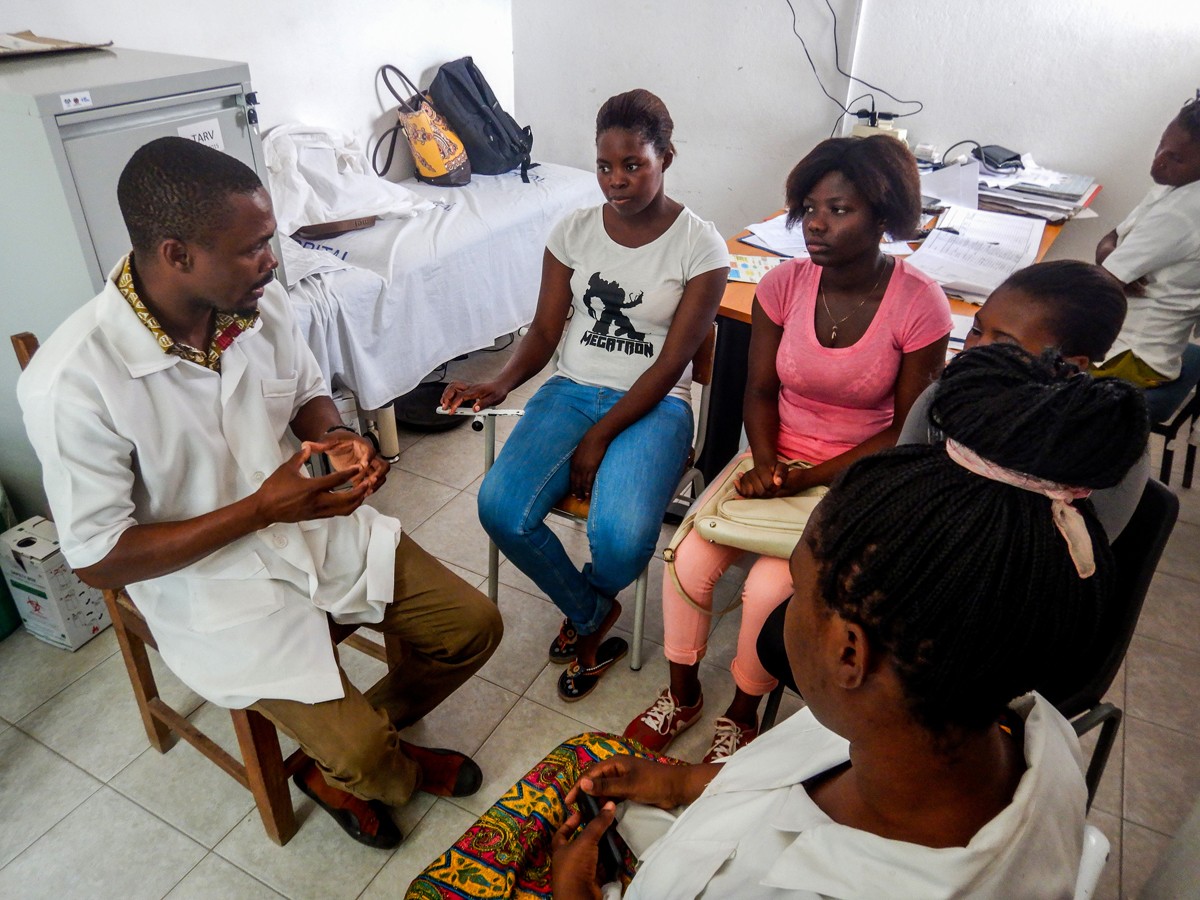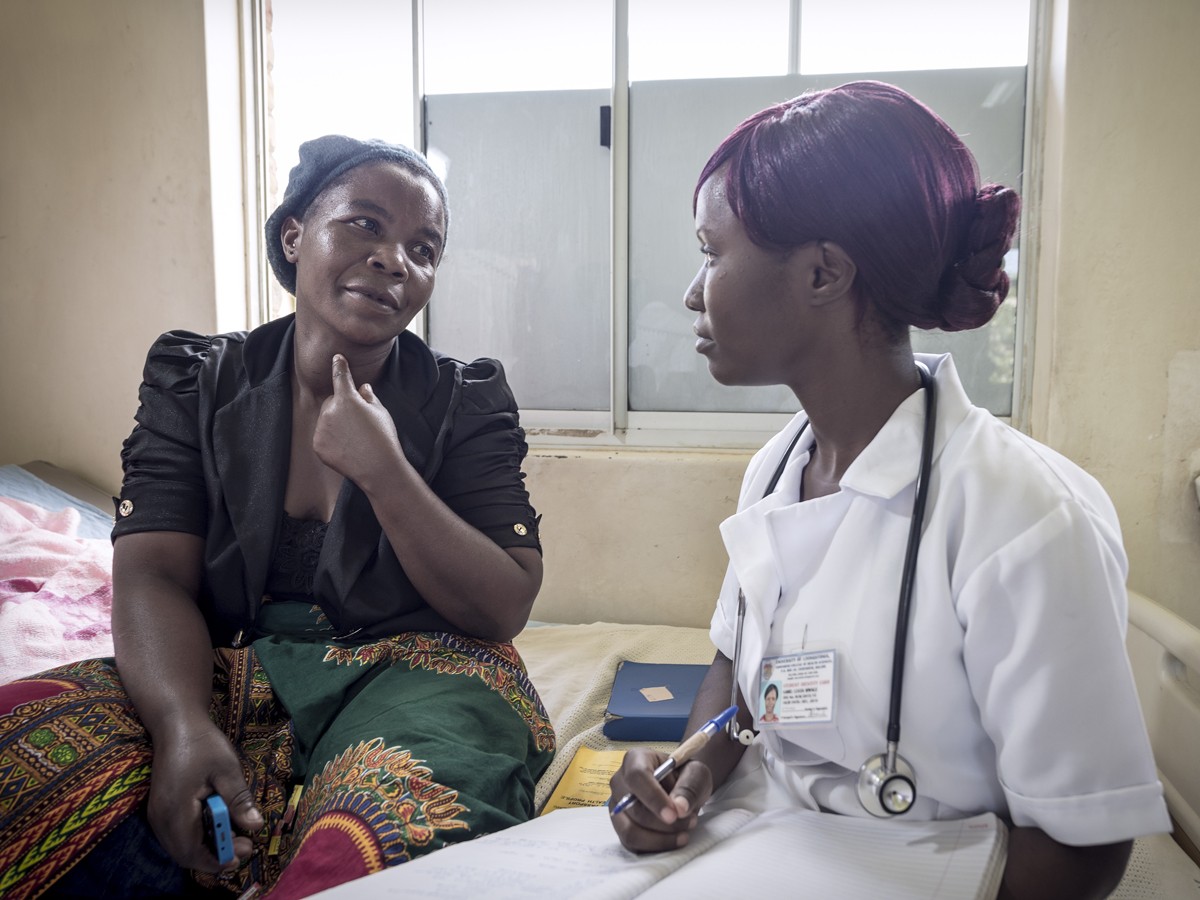Authors:
Mukwenha S, Mapingure M, Dzinamarira T, Moyo E, Mbunge E, Makota RB, Dhiwayo T, Chingombe I, Mpofu A, Mugurungi O, Musuka G.
Abstract:
Objectives
Risky sexual behaviors are associated with the acquisition of sexually transmitted infections, including HIV/AIDS. Understanding the intricate dynamics of sexual behavior is pivotal in the relentless pursuit of curtailing the HIV epidemic. To compare risky sexual behaviors based on knowledge of HIV status and viral suppression.
Methods
Data from 2958 people living with HIV who participated in a Zimbabwe Population-Based HIV Impact Assessment were used to determine the association between risky sexual behaviors, awareness of HIV status, and viral load suppression.
Results
The number of partners in the last 12 months was associated with the first 90 of the 90-90-90, with those who were unaware of their HIV status having more partners than those who were aware, adjusted odds ratio (aOR) = 1.18, 95% (confidence interval [CI]: 1.03-1.35). Those who did not use a condom during the last sexual encounter with a non-regular partner in the last 12 months were more likely to be unaware of their status, aOR = 2.11, (95% CI: 1.28-3.50). Those who did not use a condom at their last sexual encounter were more likely to be virally unsuppressed (aOR 2.25, 95% CI: 1.78-2.85). Women were less likely to be virally unsuppressed than men.
Conclusions
Our findings suggest that gaps in HIV knowledge and viral suppression are critical factors in ongoing HIV transmission. To effectively curb HIV transmission, preventive interventions should prioritize individuals who are unaware of their HIV status or those who are virally unsuppressed, addressing these gaps to reduce risky sexual behaviour and the potential for further transmission.







